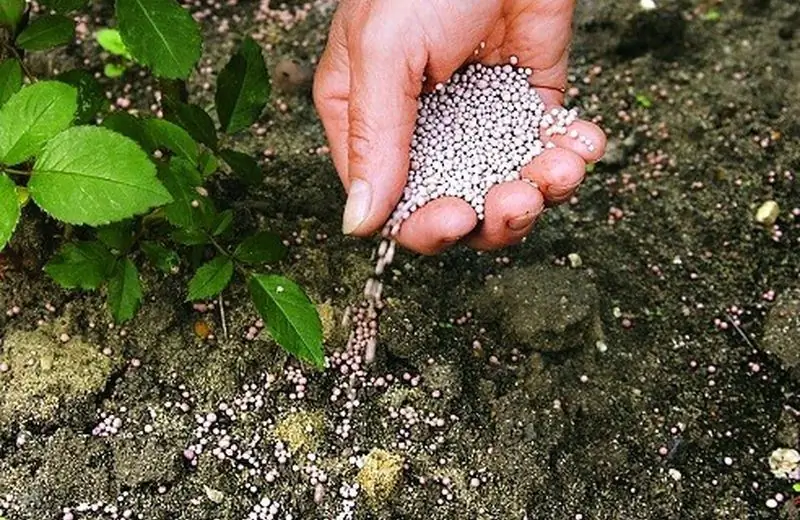
Table of contents:
- Author Bailey Albertson [email protected].
- Public 2023-12-17 12:53.
- Last modified 2025-06-01 07:32.
Why superphosphate is useful and how to apply it correctly
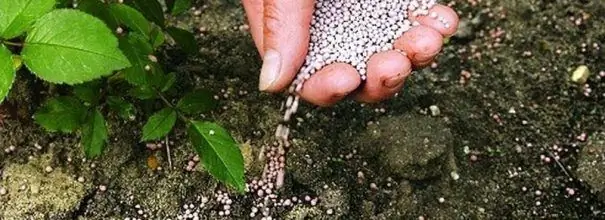
How many times have I heard: but the forests are not fertilized with anything, wild meadows are not sprinkled with chemistry, but everything grows there, nature feeds itself. But do we take out fruits from forests and meadows with buckets from every square meter? We take out from our sites. Many grow green manures to restore fertility, but they mainly provide nitrogen, and phosphorus is needed to form fruits. One way to give it to plants is to add superphosphate.
Content
- 1 What superphosphate is made of, formula and composition
- 2 Is it always possible to add superphosphate
-
3 Under what plants, how and why superphosphate is applied
- 3.1 Table: technology of application and doses of agrochemical application
- 3.2 Video: superphosphate is applied in the fall under garlic
- 3.3 Should superphosphate be dissolved?
What superphosphate is made of, formula and composition
Superphosphate is a phosphorus mineral fertilizer. It is obtained by treating sedimentary rocks (phosphorites and apatites) with sulfuric acid. The goal is to create salts that are available to plants.
Superphosphate is a mixture of Ca (H 2 PO 4) 2 * H 2 O and CaSO4. From the formulas it can be seen that the fertilizer contains not only phosphorus, but also useful trace elements sulfur and calcium. In addition, there are minor impurities of iron salts, aluminum, silicon oxide, fluorine compounds, etc. After all, the raw material is the rock. As a result, the share of assimilated phosphorus P 2 O 5 in simple superphosphate accounts for only 23-29.5%.
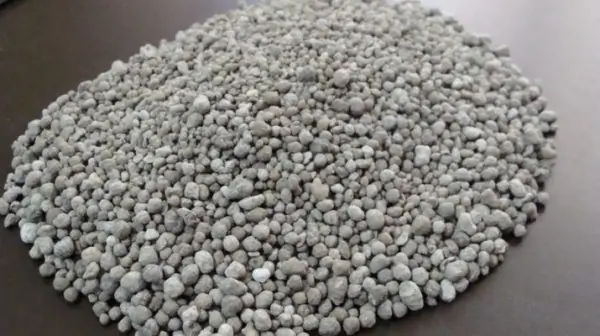
Superphosphate is a light gray powder or granules; a mixture of salts available to plants
Simple superphosphate is available in powder and granular form. Granular is preferred because:
- well stored, does not cake;
- it is convenient to bring in, does not get dusty, does not blow up by the wind;
- from the previous point it is clear that the loss of fertilizer is minimal, all the granules end up in the soil, the plant receives more phosphorus, and reacts with a higher yield.
Is it always possible to add superphosphate
Superphosphate, like many mineral fertilizers, is better absorbed in neutral soils, in acidic it forms compounds inaccessible to plants. The land must be deacidified before application.
However, some gardeners, when communicating on forums, strongly advise against mixing a deoxidizer (dolomite flour, lime, chalk) and superphosphate. In their opinion, fertilizer can be applied only a month after deoxidation of the soil. This is confirmed, but only partially, and in an article on the information portal "Red Banner".
So it is necessary to add at the same time or alternately with an interval, and it is not clear how? Manufacturers do not write anything about this on superphosphate packages. I myself am not a chemist, so I will not undertake to argue. I add superphosphate in the fall, and dolomite flour and humus in the spring. I think that with such a scheme, there will be no conflict (if it is really possible) between superphosphate, deoxidizer and organic matter.
If you grow cultures of acidic soils (blueberries, viburnum, rhododendrons, conifers, etc.), then deoxidize, of course, there is no need to deacidify the soil under them. In this case, you should not add superphosphate, buy a special fertilizer for a specific crop containing phosphorus. There are a lot of them in stores today, you can find them for conifers, and for blueberries, and for other "sour lovers".
Under what plants, how and why superphosphate is applied
Superphosphate can be applied to crops that prefer neutral or slightly acidic soil, these are all vegetables, as well as popular fruit trees and berry bushes: apple trees, pears, cherries, raspberries, currants, gooseberries, grapes, strawberries, etc.
The phosphorus contained in the fertilizer has a beneficial effect on plants:
- promotes the development of a powerful root system;
- provides nutritious nutrition from the roots;
- accelerates the ripening of fruits, improves their taste and presentation;
- increases productivity;
- strengthens the immune system and increases winter hardiness.
In other words, phosphorus promotes the growth and strengthening of the root system, the plant nourishes better, becomes strong, gives us many large and beautiful fruits in gratitude
Superphosphate is a "long-lasting" fertilizer that is poorly soluble in water and is gradually consumed by plants. One application in spring or autumn is enough for the entire season. The granules are poured into planting pits, holes, scattered in spring and autumn for digging, be sure to mix with moist soil.
They also do top dressing, for example, of trees and shrubs, since the reserves of superphosphate introduced during planting into the pit run out in 2-3 years. Sometimes we generally forget to add superphosphate, the plants themselves begin to signal a lack of phosphorus, the appearance of a purple tint on the leaves. In this case, you also need to add top dressing.
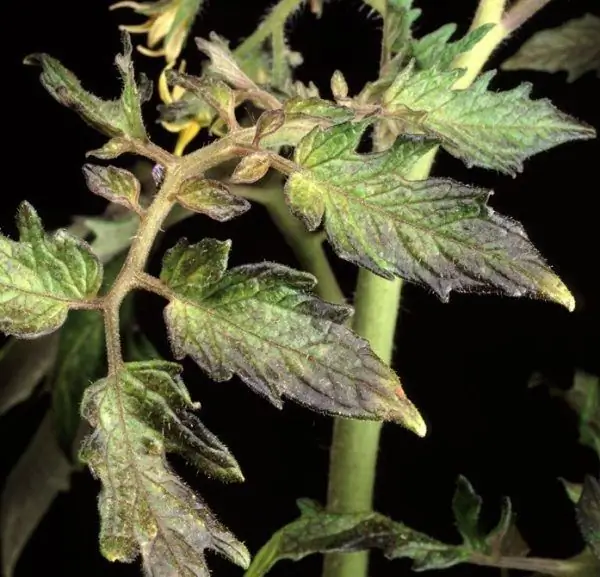
A sign of phosphorus starvation - the leaves turn purple
Table: technology of application and doses of agrochemical
| Culture | Method of application | Dose | Application time |
| All crops on fertile lands | for digging: scatter on the ground and dig up | 40-50 g / m2 | autumn or spring |
| All crops in poor lands | 60-70 g / m2 | ||
| Protected soil cultures | 80-100 g / m2 | ||
| Potatoes | to the bottom of each hole, mixing with earth | 3-4 g | when landing |
| Vegetables, root vegetables, potatoes | top dressing: scatter evenly between rows and loosen, mixing with the ground | 15-20 g / m² | in the second half of summer, when fruit formation is active: ovaries, roots, heads of cabbage, tubers grow |
| Fruit trees | to the bottom of the planting pit, mixing with the earth | 400-600 g | when landing |
| top dressing is applied to the trunk circle or groove 20-30 cm deep along the crown periphery | 40-60 g per square meter of trunk circle | after flowering |
Video: superphosphate is applied in the fall under garlic
Do I need to dissolve superphosphate?
Fertilizer manufacturers give us clear instructions, according to which superphosphate is applied to the ground dry. But we know that the fertilizer must dissolve, only then will it begin to be absorbed by the plant. Hence, folk methods of dissolving superphosphate appeared. The most logical solution is to scatter superphosphate, mix with the ground and water. But superphosphate does not dissolve in cold water before our eyes, so the gardeners have come up with the following very dubious methods:
- In 1 liter of boiling water, dissolve 1 tbsp. l. fertilizer and bring with cold water to 10 liters. Such a volume is consumed per 1 m² for feeding vegetables.
- In 5 liters of boiling water, 1 kg of superphosphate is dissolved, and double, and insisted for about 8 hours. Then pour in half a liter of 9% vinegar and bring the volume to 10 liters. The solution is advised to be used for feeding strawberries, diluting it with water 1:10.
Meanwhile, few people know that the roots of plants secrete substances that can dissolve solid particles and extract food from them.
I believe that superphosphate was created by competent people, they knew how to help plants, gave us fertilizer and instructions for it. If it was required to dilute with boiling water or vinegar, this would be indicated on the package. I once dissolved superphosphate with boiling water, the granules crumble before our eyes with gurgling, hissing and vaporization. Perhaps, at the same time, elements useful for plants evaporate or pairs that are hazardous to health are formed. It is not for nothing that the packaging contains information on first aid for respiratory irritation. In addition, it says that superphosphate cannot be stored at temperatures above +30 ° C. And we boiled it …
It is not necessary to dissolve superphosphate in water, boiling water, vinegar, add granules to moist soil, plants will be able to assimilate phosphorus without your help
Superphosphate is a long-acting fertilizer that is consumed by the plant throughout the season as needed. It is introduced dry for digging in spring or autumn and as a top dressing after flowering and at the beginning of fruit formation.
Recommended:
How To Use Eggshells As Fertilizer (in The Garden, For Seedlings And Indoor Plants And Not Only) + Reviews

The properties of the eggshell, its beneficial effect on the soil, plants. Details on the use of shells as fertilizer in the garden, for seedlings and indoor flowers
Fences For Garden Beds With Your Own Hands - How To Make A Fence For A Front Garden, Flower Garden Or Vegetable Garden, Step By Step Instructions With A Photo

Options for fences for a suburban area. Their pros and cons. How to install a holder for plastic bushes, a flower bed from bottles: step by step instructions. Video
How To Use Potato Peelings As Fertilizer In The Garden And More - Useful Tips
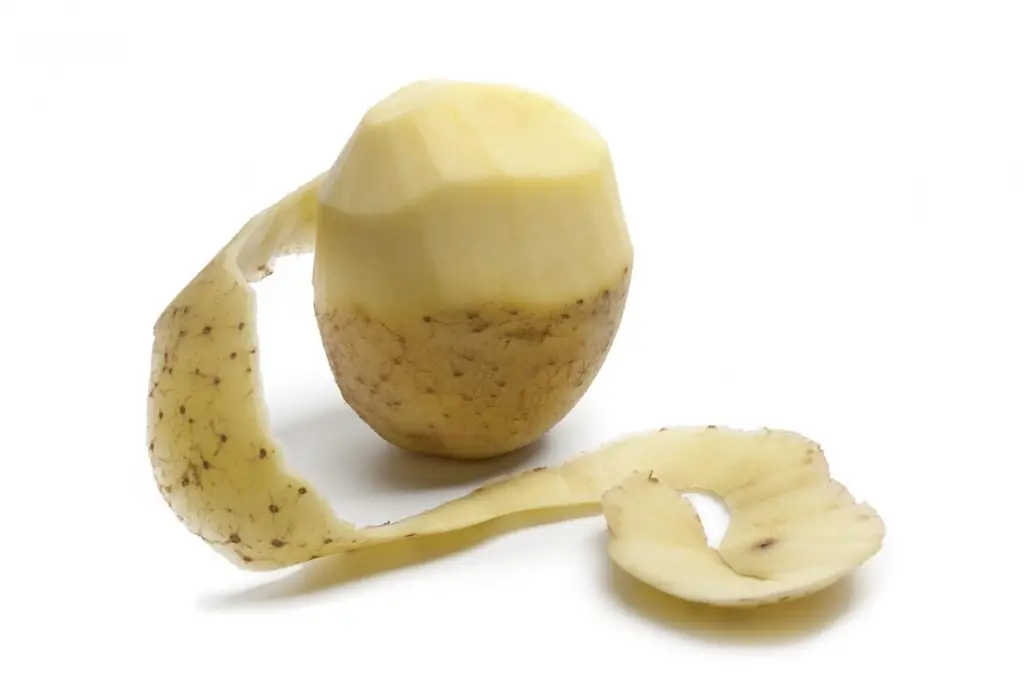
Summer residents have long used potato peelings as fertilizer for many crops in the garden. What plants are best fed and how exactly?
What Can Be Planted In June In The Country: Plants For The Garden, Vegetable Garden And Flower Garden

Plants suitable for planting in the garden in June are greens, roots, other vegetables, flowers. What can be planted in open ground and in a greenhouse. Gardener's recommendations
Autumn Fertilizers For The Garden And Vegetable Garden: When To Apply And The Better To Feed The Soil
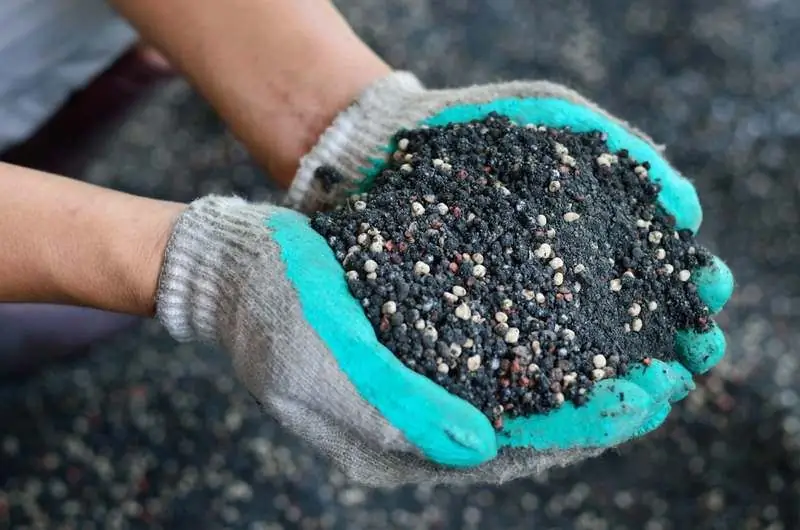
Why feed plants in the fall. Types of autumn fertilizers. Which are suitable for digging soil and feeding trees, shrubs and perennial flowers
